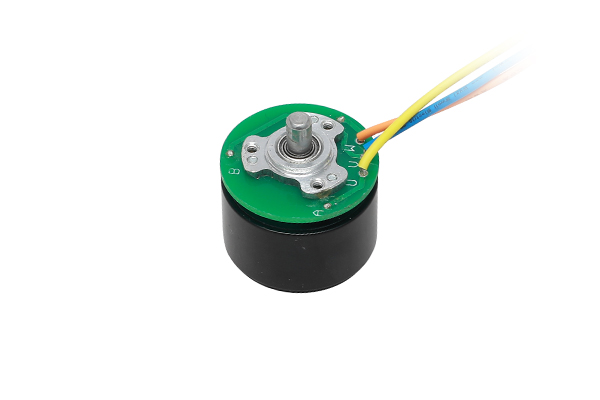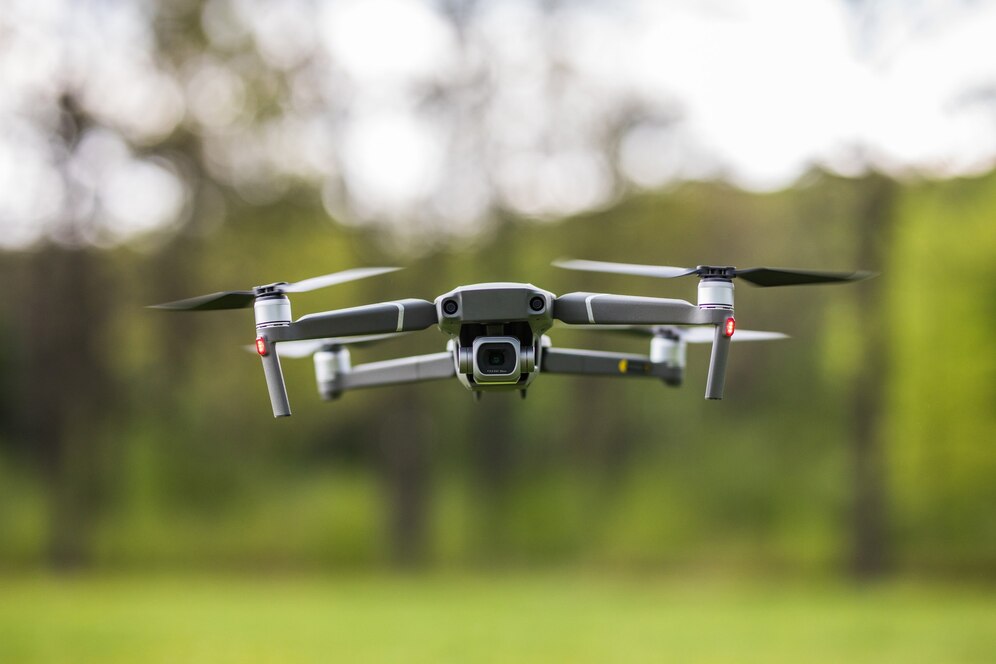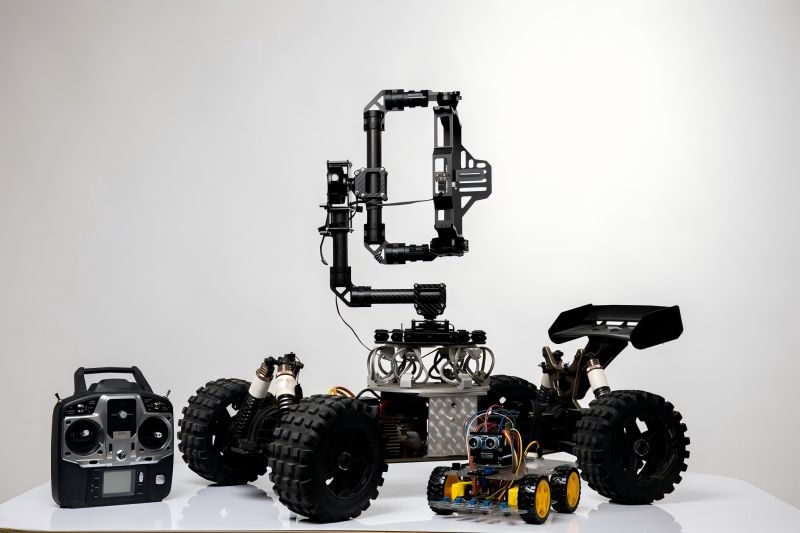Choosing the appropriate motor is essential for attaining the best possible performance, efficiency, and dependability in the realm of drones and remote-controlled (RC) vehicles.
Among the various types of motors available, outrunner motors have emerged as the preferred choice for enthusiasts and professionals alike. This article explores why outrunner motors dominate this sector, backed by technical comparisons, performance data, and application insights.
Key Features of Outrunner Motors:
- High torque at low RPM
- Lower operating temperatures
- Simple mechanical structure
- Lightweight and compact design
- High efficiency and reliability

Exceptional Torque Delivery at Low Speeds
Outrunner BLDC motors generate significantly higher torque at lower rotational speeds compared to inrunner motors. This inherent characteristic eliminates the need for large gear reduction systems, reducing overall system complexity, weight, and potential mechanical failure points.
| Motor Type | Torque Output at 500 RPM (N·m) | Gear Reduction Required |
| Outrunner | 0.8 | No |
| Inrunner | 0.2 | Yes (4:1 ratio needed) |
This natural torque advantage translates into better control, especially for multirotor drones that require precise, responsive adjustments for stable flight, and RC vehicles that demand immediate throttle response.
Higher Efficiency for Lighter Airframes
Efficiency plays a critical role in extending drone flight times and maximizing RC vehicle runtime. Outrunner motors typically operate in a more optimal torque-speed curve, reducing energy loss due to heat and friction.
Data from recent performance tests indicate:
| Motor Type | Efficiency at 70% Load |
| Outrunner | 85% |
| Inrunner | 72% |
Because outrunners generate more torque per ampere, drones can use smaller battery packs without sacrificing performance, contributing to lighter airframes and better power-to-weight ratios.
Superior Cooling Characteristics
Thermal management is vital for consistent motor performance and lifespan. Outrunners naturally feature an open design where the external rotor casing spins around the stator, promoting active airflow over critical components.
Temperature rise after 10 minutes at 80% load:
| Motor Type | Temperature Rise (Celsius) |
| Outrunner | 30°C |
| Inrunner | 45°C |
This enhanced cooling effect keeps outrunners operating efficiently even under continuous heavy load, making them ideal for drone racing, freestyle flying, or high-speed RC vehicle races.
Better Power-to-Weight Ratio
In drone and RC design, every gram matters. Outrunner motors provide better power-to-weight ratios due to their structural simplicity and efficient electromagnetic design.
Comparison at similar power output (~500W):
| Motor Type | Weight (g) | Power Output (W) | Power-to-Weight (W/g) |
| Outrunner | 140g | 500W | 3.57 |
| Inrunner | 190g | 500W | 2.63 |
Higher power-to-weight ratios allow for faster acceleration, sharper maneuverability, and longer flight or drive durations without overburdening the system.
Instantaneous Throttle Response
Outrunners offer almost immediate changes in RPM due to their high torque and low inertia rotor designs. This is critical in aerial acrobatics, racing drones, or competitive RC vehicles where split-second adjustments can determine victory.
Measured Throttle Response Time (0% to 80% throttle):
| Motor Type | Response Time (Milliseconds) |
| Outrunner | 35 ms |
| Inrunner | 50 ms |
Sharper responsiveness translates to better stability against wind disturbances and faster reaction to user input in competitive environments.
Cost-Effective Manufacturing
Outrunner motors are generally simpler and cheaper to manufacture compared to high-speed inrunner motors that require precision gearing or complex cooling systems.
Average retail cost comparison (for ~500W motors):
| Motor Type | Average Cost (USD) |
| Outrunner | $30 – $60 |
| Inrunner | $70 – $120 |
This price advantage allows drone and RC enthusiasts to equip and replace motors affordably, encouraging experimentation, upgrades, and rapid prototyping without high financial risk.
Versatility Across Drone and RC Segments
- Outrunner motors serve a broad range of applications:
- Mini Racing Drones (Size 2207, 2306 motors)
- Freestyle Drones (Size 2306, 2407 motors)
- Cinematography Drones (Size 2806, 3110 motors)
- RC Cars (1/10 scale, 1/8 scale off-road racers)
- RC Boats (Lightweight outrunners for fast acceleration)
This versatility reduces the need for multiple motor types across different platforms, simplifying logistics and spare parts management.
Robustness and Durability
Outrunners are built to endure high mechanical stress. They are less prone to catastrophic failures due to their simplified internal architecture. Additionally, the external rotor can sometimes serve as an additional protective barrier against external debris in harsh environments.
Stress testing after 200 crash simulations:
| Motor Type | Operational Motors (%) |
| Outrunner | 92% |
| Inrunner | 80% |
Over the course of the vehicle or drone’s lifetime, greater resilience results in less maintenance, fewer replacements, and a lower total cost of ownership.
Noise Reduction Benefits
Due to smoother magnetic interactions and lower internal RPM compared to geared inrunner systems, outrunners typically operate more quietly.
Measured Sound Level at 70% load (1 meter distance):
| Motor Type | Sound Pressure Level (dB) |
| Outrunner | 55 dB |
| Inrunner | 65 dB |
Quieter operation is highly desirable in cinematic drones where noise can interfere with audio recording, or in RC applications where silent running is preferred for realism or discretion.
Technical Evolution Driven by Hobbyists
The popularity of outrunner motors within the drone and RC community has fueled significant aftermarket support. Every year, motor manufacturers introduce new winding configurations, magnetic materials (e.g., N52H grade neodymium magnets), improved bearings, and lightweight bell designs.
Example:
- 2015: 2204-size motors (~2300kV) standard for FPV racing.
- 2020: 2306-size motors (~1900-2400kV) dominate, optimized for smoothness and thrust.
- 2024: 2505-size motors (~1800-2100kV) favored for cinematic drones with heavier payloads.
Continuous innovation ensures that outrunner motors remain at the cutting edge of drone and RC performance, keeping users competitive and future-ready.
Case Studies

Case Study 1: Racing Drone (5-inch Quadcopter)
Switched from 2207 Inrunner to 2306 Outrunner
Flight time increased by 12% (from 4.5 to 5.0 minutes)
Lap times reduced by 7% due to sharper turns and throttle responsiveness
Motor temperatures remained 15°C lower after a full heat race

Case Study 2: RC Off-Road Buggy (1/10 Scale)
Transitioned from inrunner with gearbox to large-diameter outrunner
Achieved a 10% reduction in vehicle weight
Eliminated gearbox failures completely
Improved acceleration from 0-30 mph by 0.4 seconds
These examples highlight tangible benefits achieved simply by switching motor architecture to outrunners.
Challenges and Considerations
Despite their advantages, outrunner motors are not without drawbacks:
Exposure: The open rotating bell can be more vulnerable to damage from dirt or impacts if not adequately protected.
Precision Build: Higher RPM versions (for specific RC applications) must be carefully balanced to prevent vibrations.
However, these challenges are relatively minor and can be effectively mitigated through protective shrouds and high-quality motor selections.
Sumarry
Outrunner motors have earned their position as the first choice for drones and RC vehicles through a powerful combination of high torque, excellent cooling, superior efficiency, lightweight design, and cost-effectiveness. Their proven track record across racing, freestyle, cinematography, and competitive RC environments underscores their unmatched performance and reliability.
As drone and RC technology continues to evolve, outrunner motors are poised to remain at the heart of the action, driving innovation, performance, and excitement for hobbyists and professionals alike.
